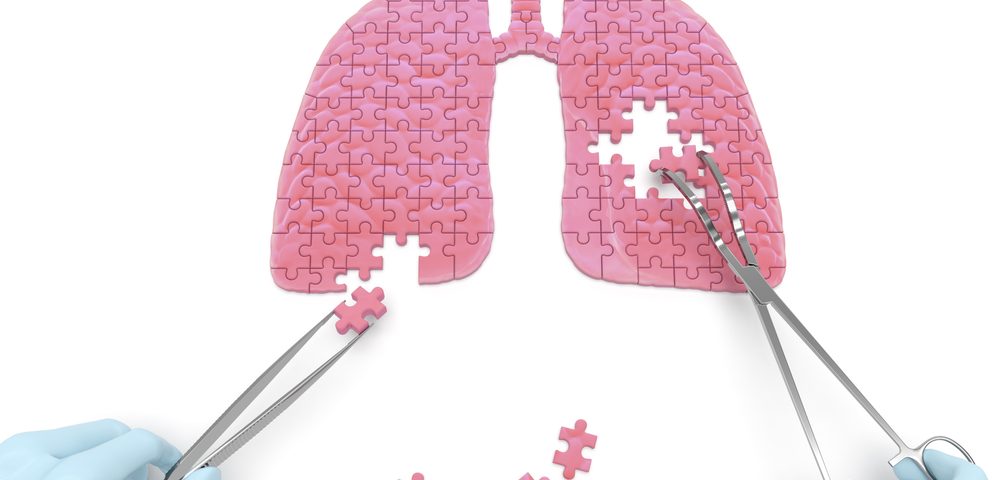Removing the main lesion through lung surgery in patients with non-localized bronchiectasis significantly improves disease safely, a recent study demonstrated — suggesting that the benefits of surgical treatment are not restricted to patients with limited disease.
Based on these findings, researchers argued that surgeons may consider removing part of a lung in select patients who do not respond adequately to medical treatment.
The study, “Surgery for predominant lesion in nonlocalized bronchiectasis,” appeared in The Journal of Thoracic and Cardiovascular Surgery.
In localized forms of bronchiectasis, surgery is a common practice. But since studies show the entire lesion must be removed to avoid infections and prevent the disease from recurring, surgeons don’t normally consider removing lung tissue in patients with diffuse, or non-localized, bronchiectasis.
Researchers at China’s Shanghai Pulmonary Hospital Tongji University, however, argued that this view must be re-evaluated. Their study described the outcomes of 37 patients who underwent lobectomies, in which surgeons removed the worst-affected area. Patients were offered surgery only if their condition did not improve with medical treatment, and if they had a sufficiently good heart-lung function.
Since the study focused on the area of the lung that was most affected by disease, it selected only patients in which one main lesion could be identified.
Despite earlier hesitation regarding surgery, the procedure improved symptoms for most patients. Acute infections dropped from an average of 5.3 per year to 1.8, and episodes of coughing up blood fell from 4.9 to 1.1. Patients also produced less sputum. Assessing patient-reported symptom relief after surgery, 62.2 percent said they felt “excellent.” Another 27 percent felt “good,” while only 10.8 percent reported feeling “no change or worse.”
Importantly, three of the four patients who did not improve with the procedure also had chronic obstructive pulmonary disease (COPD). The research team could not identify any factors that predicted a poor response.
Eight patients, or 21.6 percent of the total, suffered complications after the procedure. This included an air leak in one patient, and pus accumulation in another. The other six patients had minor complications, all of which were treated without further surgery.
“Lobectomy for the predominant lesion is a safe procedure in the surgical treatment of non-localized bronchiectasis and leads to significant relief of symptoms with good rates of satisfaction.” the researchers concluded.

